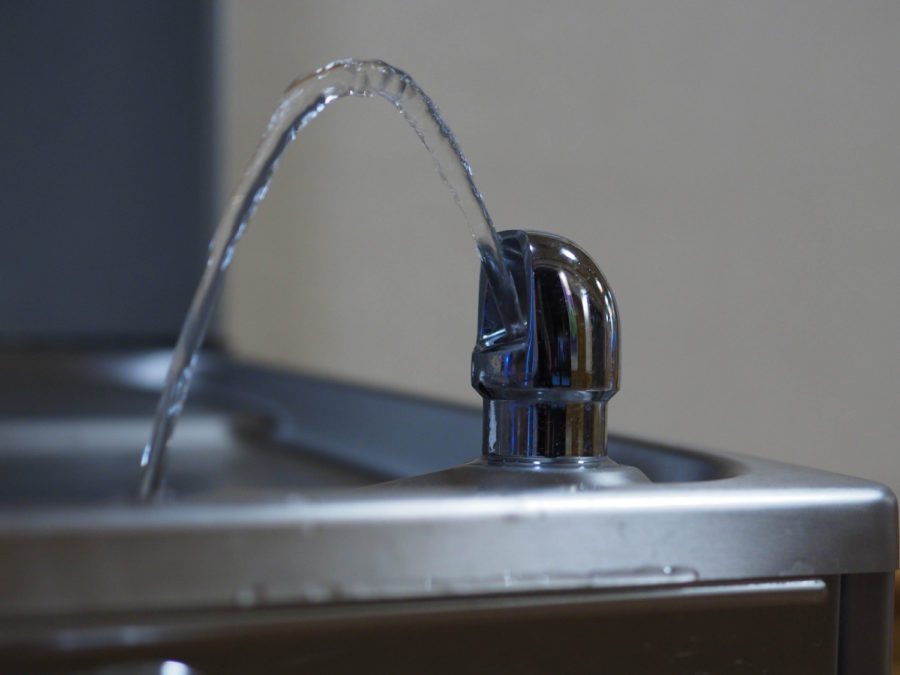White House recognizes University researchers for efforts in water safety
Mar 30, 2016
Last updated on May 5, 2016 at 03:14 p.m.
The March 22 national summitss served as an environmental call to action highlighting 200 other projects.
Get The Daily Illini in your inbox!
According to the White House commitments report, 65 percent of the United States experienced a drought in 2012ss. The Institute works to combat these growing issues of flooding, droughts, nutrient runoff and sediment running into rivers and streams.
Researchers take the University’s vast collection of watershed data to form models through a concept called value-based landscape design.
This multi-step process starts with brainstorming the relationship between potential environmental variables. Brian Anderson, senior deputy executive director of the Institute, works closely with the initiativess.
“In value-based landscape design [we] first identify the value, then identify the functional relationships and the characteristics that contribute to those values,” he said. “You identify data that are related to those, then say what land uses are going to optimize this.”
To provide an example, Anderson noted that they examine the amount of rainfall to predict how fast a river will rise.
“[The models] deal with one or two variables and couple them together. We use these models to optimize the response, helping us make decisions. Our goal isn’t to create one big giant model, but smaller ones.”
For Anderson, the initiative does more than just look at water safety, it helps the people affected by water usage and conditions.
“We are going to be looking at building models that allow farmers to apply fertilizers at the right time, and applied in ways that maximizes productivity and growth,” Anderson said.
Not only are they looking at bettering the water conditions by making sure fertilizer does not seep into the streams, but they also hope to optimize plant growth from the same fertilizers.
Laura Kammin, outreach program leader at Illinois-Indiana Sea Grant, said that the issue surrounding fresh water needs to be addressed promptly.
“Whether we are talking about the local economy or the global economy, we face growing food and energy demands. And there is a limited supply of fresh water available, so water supply planning is only going to become more critical,” Kammin said via email. “Additionally, there’s a myriad of water quality issues as well, from aging infrastructure to contamination from legacy pollutants and chemicals of emerging concern.”
According to Kammin, the Prairie Research Institute has the ability to be a strong part of the solution as it recognizes that problems faced right now can only be solved with individual responsibility for actions. By taking the best science and putting it in the hands of the people, it makes them better equipped to tackle these water issues, Kammin said.
Students at the University are also concerned about the issue of water quality and safety. Ria Greer, a freshman chemistry major, said she applies classroom knowledge to the cause of water safety.
“It’s really important because a lot of times harmful ions get caught up in the water and they can do a lot of damage to biological systems,” Greer said. “They are really hard to detect, so it’s definitely a modern concern.”
Along with individual students expressing concern, there are a wide variety of groups that address water safety. From the Water Environment Association to the Energy-Water-Environment Sustainability program, student groups are taking initiative.
Being recognized by the White House affects the initiative by bringing attention to the new ideas of how to solve this global issue, Kammin said. It creates an increase in collaborative efforts and broadens the discussion to the federal level.
“The RWI (River Water Initiative) provides a mechanism for people across campus who work on these challenging water issues to come together to find innovative solutions,” Kammin said. “Great ideas build on each other.”






